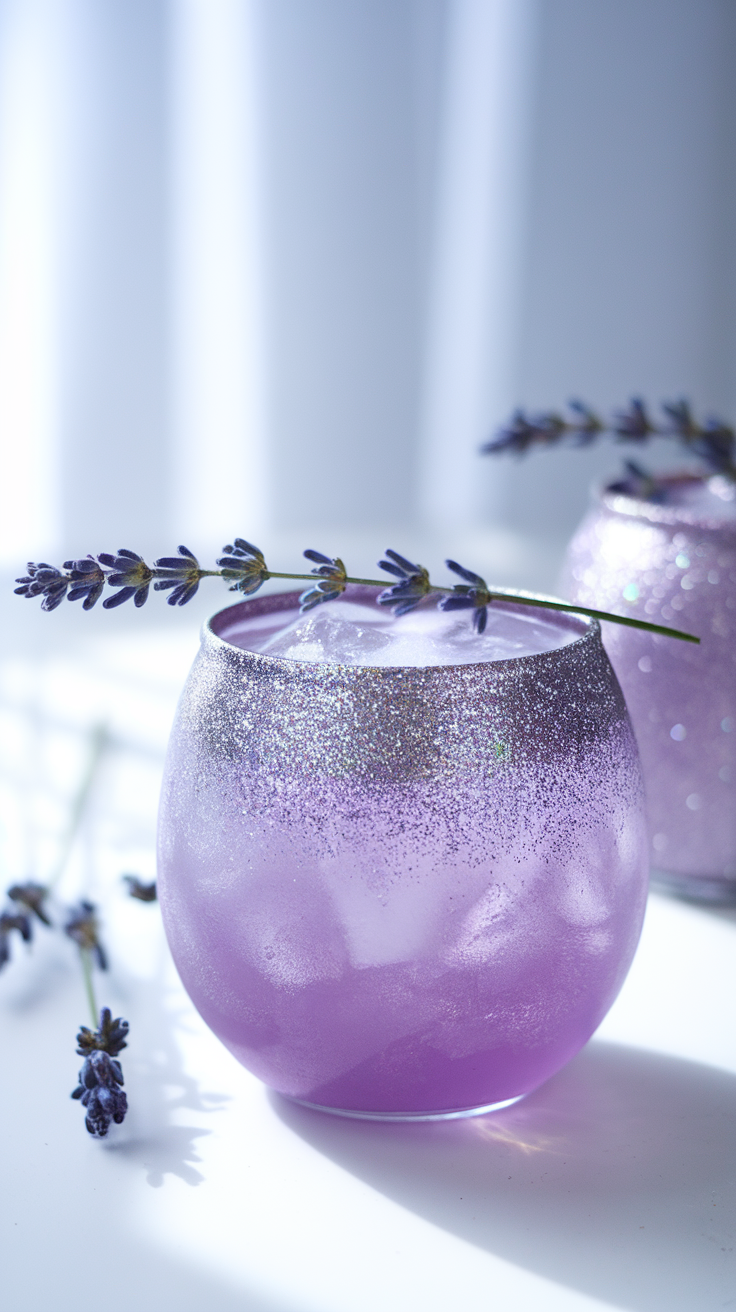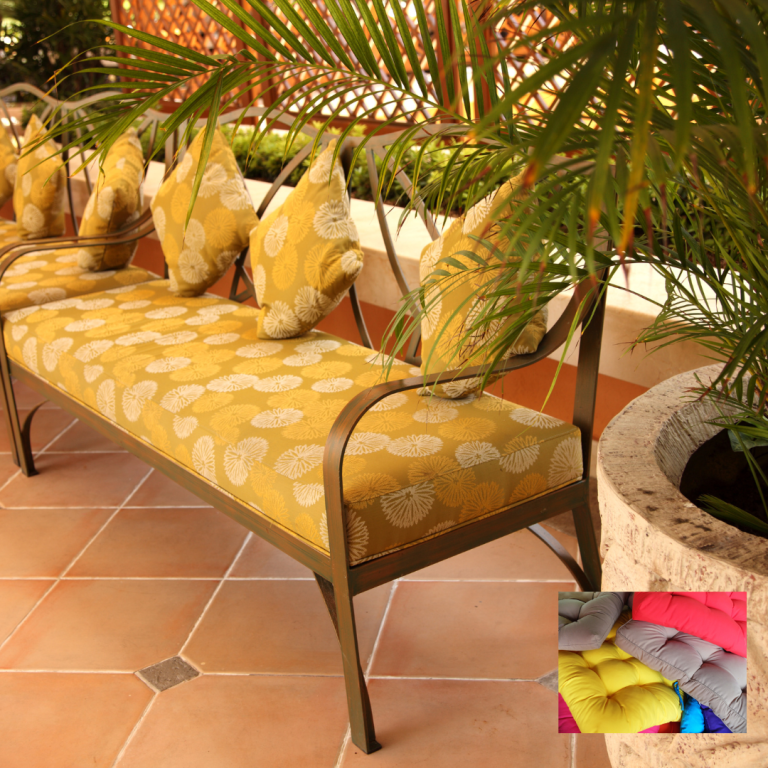Can Outdoor Cushions Get Wet? How Do You Dry Outdoor Cushions?
Keeping Outdoor Cushions Dry and Tips for Protection and Drying
Table of Contents
ToggleOutdoor cushions are exposed to various weather conditions, and it’s important to understand how to keep them dry to maintain their longevity and comfort. In this informative blog article, we will address common questions regarding outdoor cushions and provide practical tips on keeping them dry in different weather conditions. From understanding the effects of moisture to effective drying techniques, let’s explore how to protect and maintain your outdoor cushions.
Can Outdoor Cushions Get Wet?
Yes, outdoor cushions can get wet due to rain, humidity, or accidental spills. The materials used in outdoor cushions are designed to withstand moisture, but excessive exposure to water can lead to mold, mildew, and fabric damage if not addressed promptly. The sooner the cushions are dried safely, the less damage is done to the cover and fill.
How to Dry Outdoor Cushions Effectively
- Method 1: Sun-Drying: Remove the wet cushions from outdoor furniture and place them in a sunny spot with good airflow. Flip them occasionally to ensure even drying.
- Method 2: Air-Drying: If sunlight is limited, air-drying indoors is an option. Place the cushions in a well-ventilated area, preferably near a fan or open window.
- Method 3: Using a Fan or Dehumidifier: For faster drying, set up a fan or dehumidifier to improve air circulation and aid in moisture evaporation.
How Long Does it Take to Dry Outdoor Cushions?
The drying time for outdoor cushions varies depending on several factors, such as fabric type, thickness, humidity levels, and weather conditions. On average, it can take anywhere from a few hours to a couple of days for cushions to dry completely.
Tips to Keep Outdoor Cushions Dry in All Kinds of Weather
-
Rainy Weather
- Bring cushions indoors or store them in waterproof covers during heavy rain.
- Ensure proper drainage and use rain covers or umbrella stands to prevent direct exposure to rainwater.
- Wipe off any moisture promptly to minimize absorption.
-
Humid Weather
- Increase airflow by using fans or opening windows to reduce humidity levels.
- Avoid leaving cushions in shaded, damp areas for prolonged periods.
- Regularly check for signs of moisture or mold and address them immediately.
-
Snowy or Cold Weather
- Store cushions indoors during winter or use waterproof covers to protect them from snow and ice.
- Avoid placing cushions on cold surfaces, as condensation can occur.
-
Hot and Sunny Weather
- Apply fabric protectors or use covers with UV protection to prevent sun damage.
- Regularly clean and remove debris that can trap moisture and promote mold growth.
- Consider using shade structures or umbrellas to provide additional protection from the sun’s intense heat.
Keeping outdoor cushions dry is crucial for their longevity and comfort. By understanding how to effectively dry them using methods such as sun-drying, air-drying, or using fans, you can prevent mold, mildew, and fabric damage. Additionally, implementing tips to keep cushions dry in different weather conditions, such as rainy, humid, snowy, or hot weather, will help maintain their quality. Remember to promptly address moisture issues, clean regularly, and provide proper storage during off-seasons to ensure your outdoor cushions stay dry and in optimal condition for years to come.







